Have you heard the term “eat with the seasons” or “seasonal eating”? Do you know what it means when someone talks about eating with the seasons?

Better yet, do you know why this matters?
What impact can you have on your local and larger world by adopting a seasonal eating practice?
Jump to:
- What Is Eating with the Seasons?
- Eat what you grow
- What food groups are included in seasonal eating practices?
- Motivations of seasonal eating and intertwined advantages
- How is Seasonal Eating Better for You?
- How is Seasonal Eating Better for Your World?
- Eating seasonally is better for your local world
- Eating seasonally is better for your larger world and planet
- Eating Seasonally Usually Means Adjusting Your Diet and Buying Habits
What Is Eating with the Seasons?
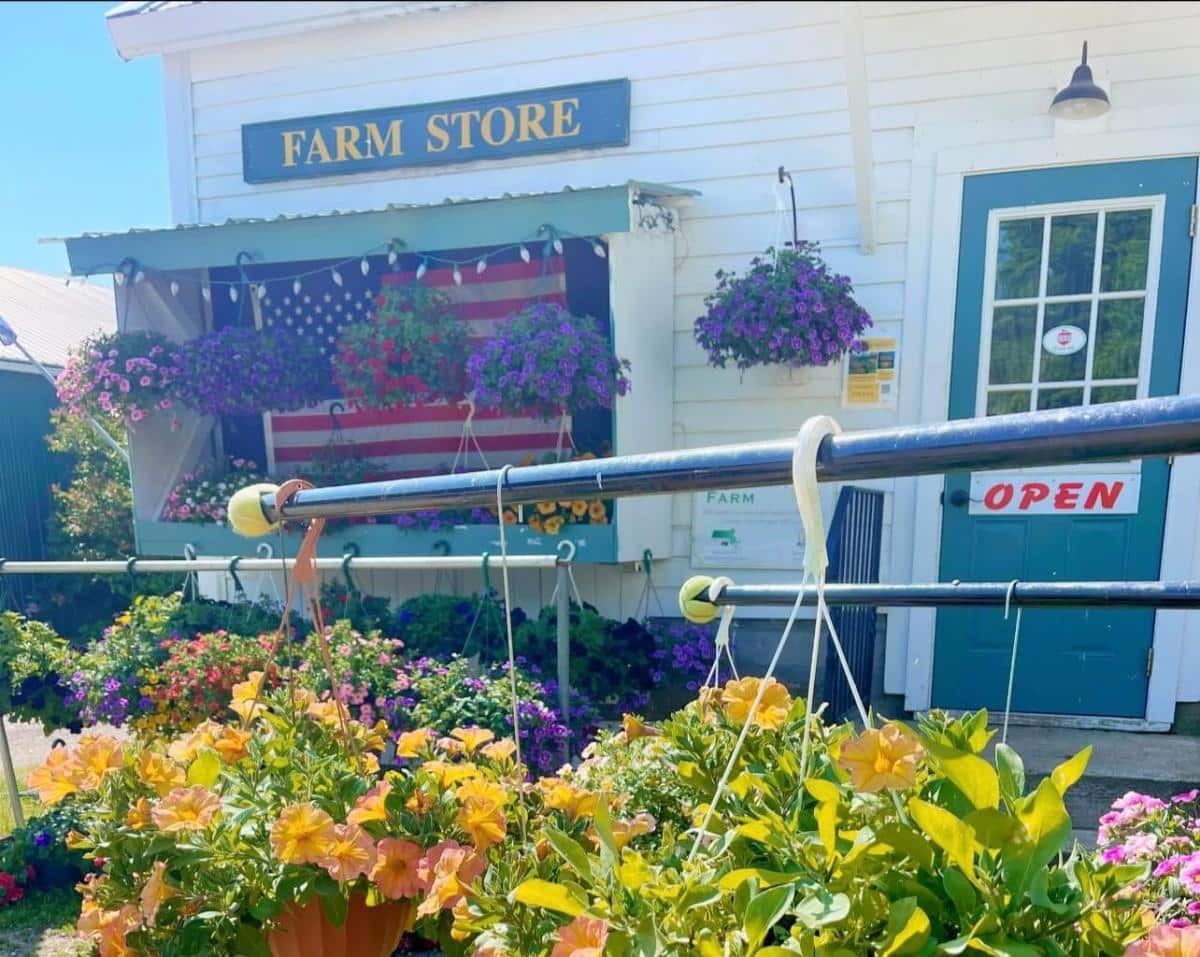
Eating with the seasons, or seasonal eating, refers to the practice of eating food when it is in its local harvest season. Eating seasonally, at its heart, is a very local food movement. The idea is to be as local as possible.
It means that instead of buying food that has traveled across the country or across the world to large grocers, you choose to buy from your local growers and producers, and you work within what is on offer at that time of year.
So, for example, you would forgo regularly buying strawberries and tomatoes that were shipped from southern farms in January. Instead, you would get to know your local farms and growers and buy what they are selling when they are selling it.
Keep in mind that doesn’t necessarily mean you can’t eat strawberries in the dead of winter, but the strawberries you eat should be those that were grown and harvested locally in June and then preserved to be eaten later. (Freezing, dehydrating, and preserves are all good options, and the first two require no additional preservatives or ingredients).
Eat what you grow

Of course, eating with the seasons may also mean that you grow more of what you eat, and you eat what you grow. This is a highly affordable way to eat with the seasons as well as increase access to seasonal food supplies.
You can also grow just some or only a portion of what you eat. Growing small amounts of produce indoors throughout winter may help you supplement what is available to you to incorporate into seasonal eating.
What food groups are included in seasonal eating practices?

Seasonal eating applies mostly to fruits, vegetables, and produce, but it also includes other foods like dairy, eggs, nuts, fish, poultry, and other types of meat.
Fortunately, those are products that are usually easier to find throughout most of the year. If you eat an omnivore diet, the protein side of your diet will probably be easier to eat “in season.” However, even proteins and meats can vary in availability throughout the year.
Think of the local fishing season, for example, or the fact that eggs may be reduced in availability in the winter months during the molting season.
Motivations of seasonal eating and intertwined advantages

Seasonal eating finds its base in foods that are locally available at different times of the year, with an emphasis on freshness and peak quality. The emphasis is also on the health and nutrition of your food, as well as taste and flavor. One striking aspect of it is that seasonal eating is also an effort to be more logical and more eco-friendly.
People have different motivations for choosing to eat seasonally; some choose it more for the environmental aspects while others focus on the health and quality benefits. There are economical benefits, too.
In the end, all of these motivations are intertwined, and all are beneficial.
How is Seasonal Eating Better for You?

For you personally, the benefits of eating with the seasons will center mostly on food quality and health, but there are other peripheral benefits as well.
Eating with the seasons is better for you and your family or household because
- You get food at its highest possible peak of nutrition, freshness, and quality
- Produce begins to lose nutritional value practically as soon as it is picked, and certainly within 24 hours
- Reducing the number of hours and days from field to fork (or field to preserving) gives you food at its highest possible level of nutrition
- Lower food costs -- it’s cheaper to buy food when it is in season
- Shorter food chains mean fewer opportunities for contamination and mishandling
- Less handling means fewer spoilage-inducing temperature fluctuations
- Generally, Universities and researchers feel that shorter food chains mean increased food safety -- your food is safer, less likely to be contaminated by E. coli or other pathogens, less likely to spoil, and less likely to be subject to recalls!
- You eat more nutrient-dense food with higher levels of key nutrients including vitamins A and C and potassium and magnesium
- Fresh local food has better flavor and tastes better -- more enjoyable!
- You can pick and choose who you buy from
- You have access to the farmer and more information about growing practices and inputs like pesticide and herbicide use and practices like organic, conventional, or in between
- Supports local cultures and cultural identity(ies) that center around local foods
- If you grow your own, you capture the physical and psychological benefits of the activity and physical work
- Food grown in its own season and the natural growing cycle is proven to be higher in nutrition, as opposed to high-demand foods forced to grow out of season in bulk monoculture cropping arrangements
How is Seasonal Eating Better for Your World?
When we look at how seasonal eating is better for the world we live in, we should consider both the small, local world around us and the larger world and environment.
Eating seasonally is better for your local world
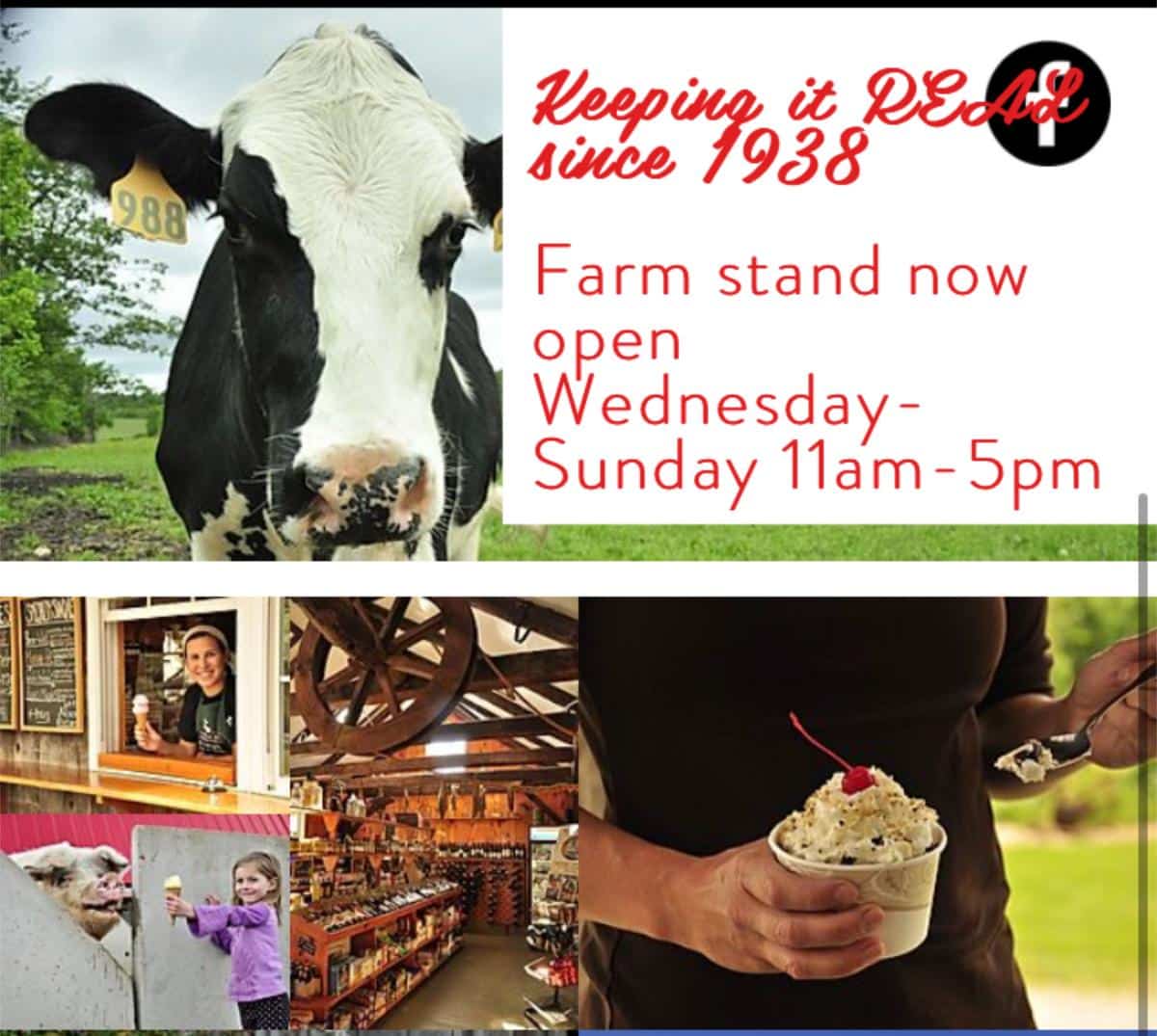
Eating seasonally is eating locally. This benefits the immediate world around you, where you live, in a few different ways:
- Seasonal eating supports local farms
- Local farms that sell directly to their customers stay in business longer
- It supports the friends and neighbors who run them
- More farms and farming mean more local access to higher quality, fresher, better food, increasing options and availability for you
- Demand increases product diversity
- Reduces monocultures and large growing tracts that result in difficulties for beneficial insects and pollinators
- Reduces pest monocultures and environments which result in higher pesticide use
- More farms mean more open space
- It protects local farmland
- There are large economic benefits for the local economy
- Your food dollars stay in your local area and have a greater impact on your local economy than they do when spread out among large commercial entities
- Food that is grown, processed, and distributed locally supports local job growth and economic development
- Jobs are created and maintained
- Businesses grow that use local foods (like restaurants, independent stores, and value-added food businesses)
- Others, including local businesses and restaurants, can bring in more high quality, local food instead of rubber-stamp style commercial products into their menus and lineups
- Both businesses and individuals have more access and options in local eating when there is a local demand and base for farmers and growers to serve (and producers of products from those growers, too)
Eating seasonally is better for your larger world and planet
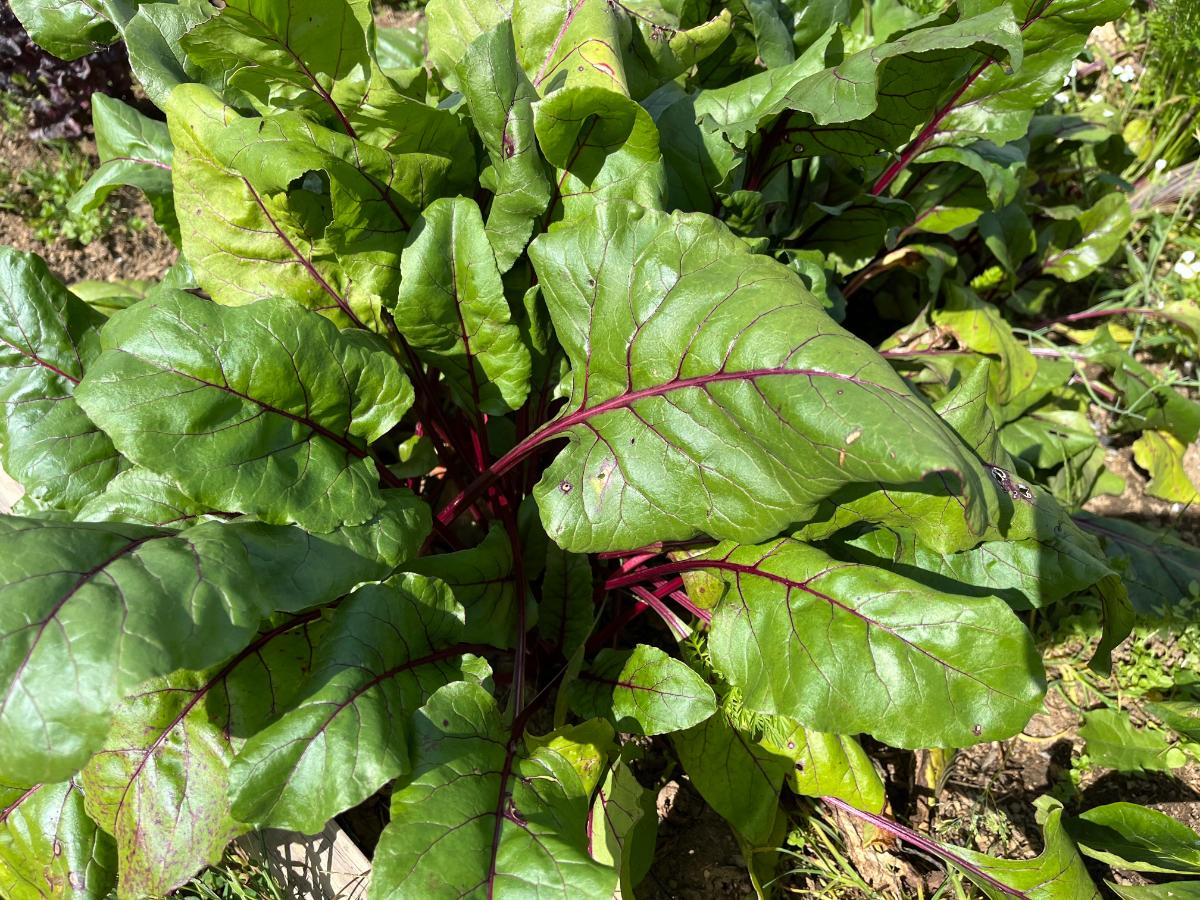
If you’re not eating locally, your food is traveling to get to you. We don’t always think about how food gets to us out of season or when it is not locally grown.
Food is transported in a number of ways, including by air, sea, rail, and land (trucking).
The average number of food miles for processed foods in the U.S. is 1300 miles. Overall, the average food miles is between 1500 and 2500. Food doesn’t just travel once, either.
Food is frequently imported in and out of countries all over the world. (Indeed, this is not only a U.S. problem or a U.S. movement!) It travels from farms to commodity buyers to processors and packagers to distribution centers and then again to grocery stores -- and that’s all before you drive to that store to get it!
Obviously, all of these forms of transportation have significant carbon outputs. Air travel has the highest level of emissions and is the most ecologically significant contributor to carbon emissions and pollution.
You do a larger part to reduce carbon emissions and pollution and protect the planet by eating seasonally. Here are some ways you impact the larger world and environment when you focus your food more locally and seasonally:
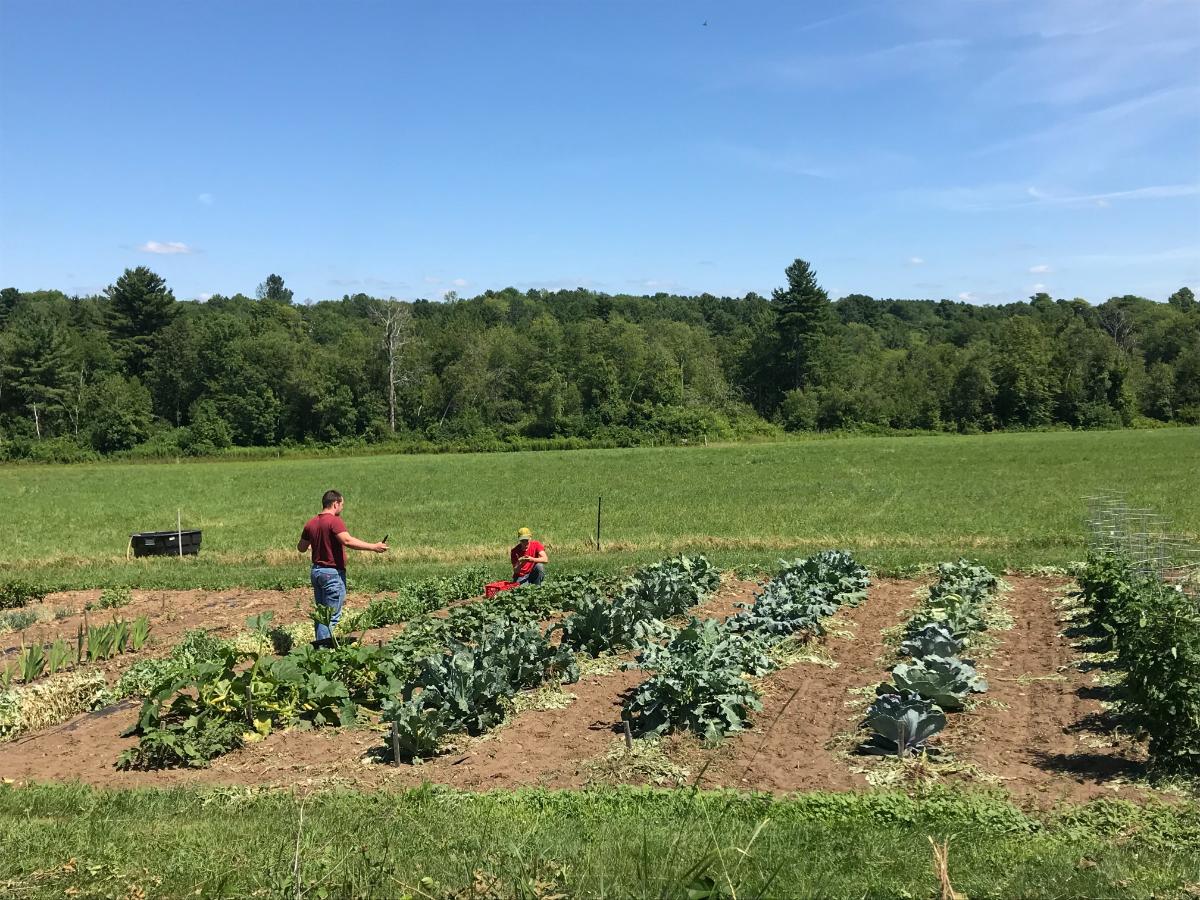
- You greatly reduce the amount of food miles your food travels
- If you grow your own (or most of your own), your food miles and impact can be taken down to practically zero
- Reduce the use and amount of fossil fuels
- Reduce the use of things like gasses to ripen products (because commercial foods are picked unripe and ripened in warehouses artificially), growth inhibitors and stabilizers, and other chemicals and preservatives -- Yes! These things go on “fresh” produce!
- Generally, local buying results in a reduction of plastics and packaging (there is less required when food isn’t being shipped and/or when it is sold and selected from bulk displays)
- Reduces plastic and packaging waste in landfills
- Reduces food waste in landfills
- Helps the limited space and number of landfills last for longer since they don’t fill up as quickly
- Decreases the need or demand for genetically modified foods since they do not have to “last” as long in holding or shipping
- Local food produced by smaller growers is typically lower in pesticide and herbicide use, reducing those environmental impacts (though you do need to know your farmer and their growing practices before you can figure if this is the case for the food you buy)
Eating Seasonally Usually Means Adjusting Your Diet and Buying Habits

There are many benefits to eating seasonally or eating with the seasons. They range from economic benefits to health and nutrition benefits to a larger global view of eco-friendliness and sustainability.
It can be tricky to eat seasonally sometimes, especially if you live in a more northerly area where there are shorter growing seasons and where fresh vegetables and produce are not available all year round.
There are a number of ways to work around this issue, ranging from preserving food at its peak when it is in season to using more homegrown or locally grown storage crops.
Clearly, for many of us, eating with the seasons means changing and adjusting what we eat and when we eat it. It should not mean stopping eating quality fruits and vegetables throughout the year, but it usually means we have to go back to some basics of storage, preservation, and good logic.
The benefits of doing that, though, are great. Your mind, body, palate, and world will thank you for it!

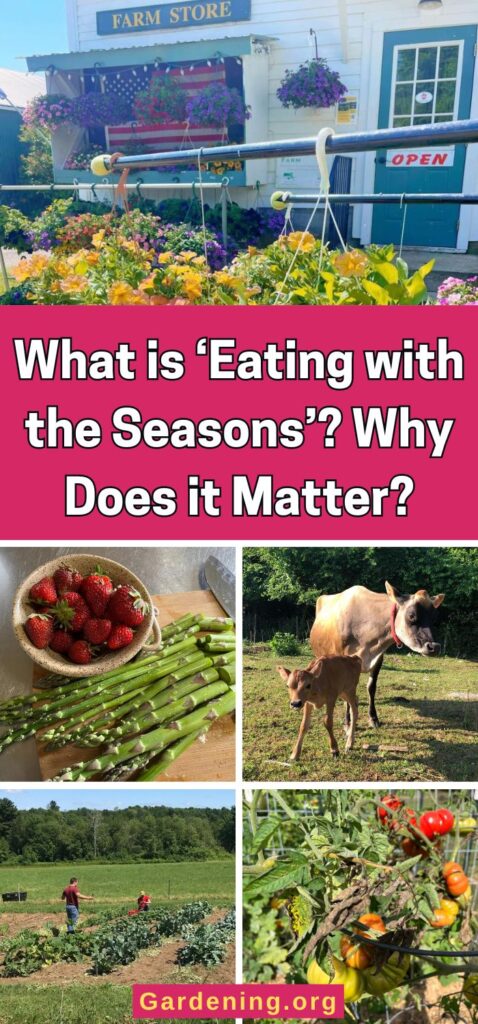
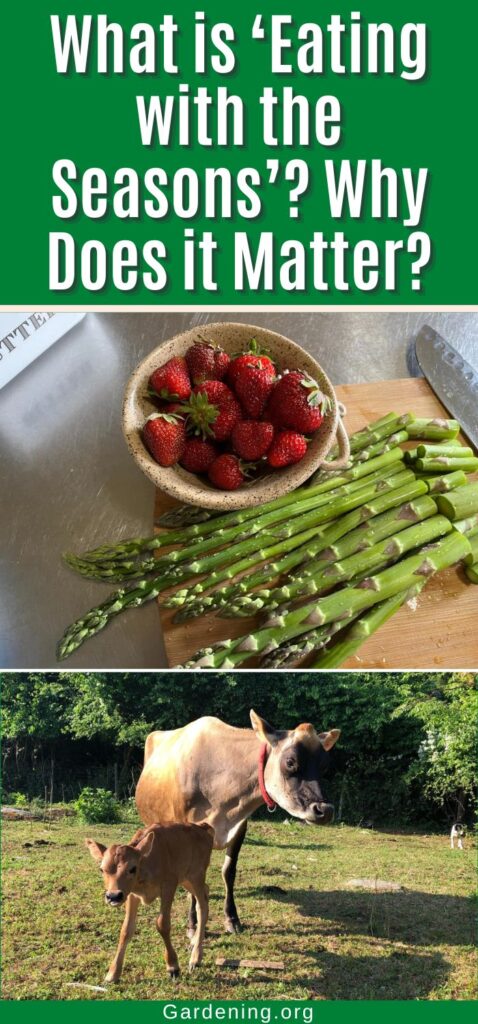
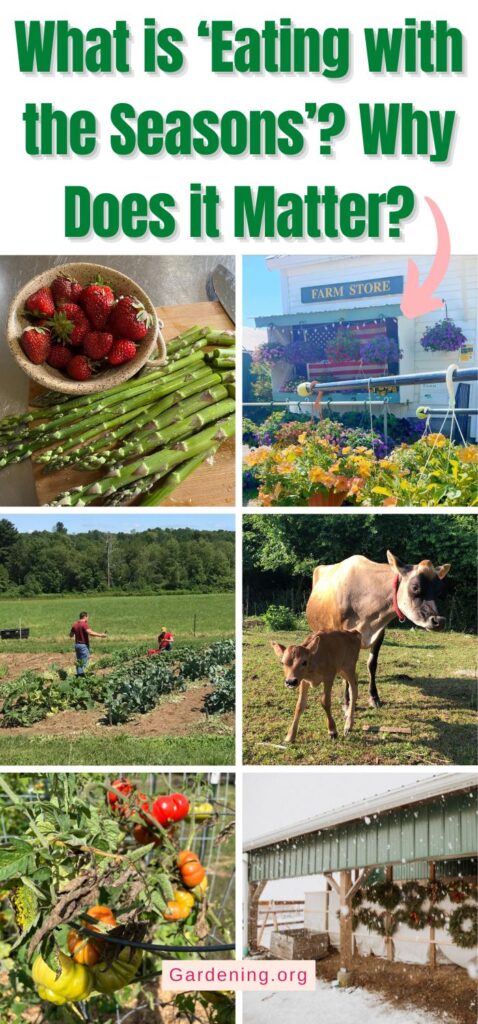
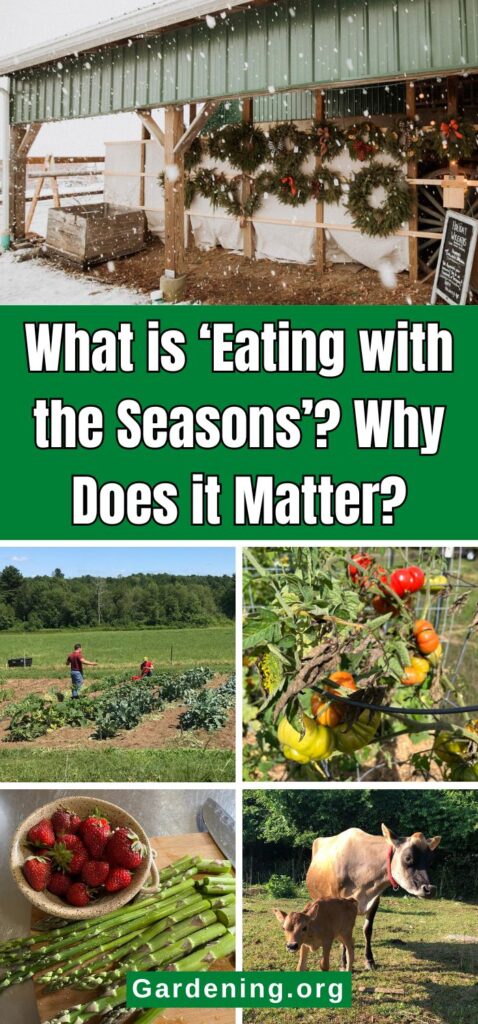


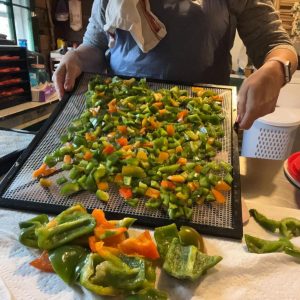

Leave a Reply